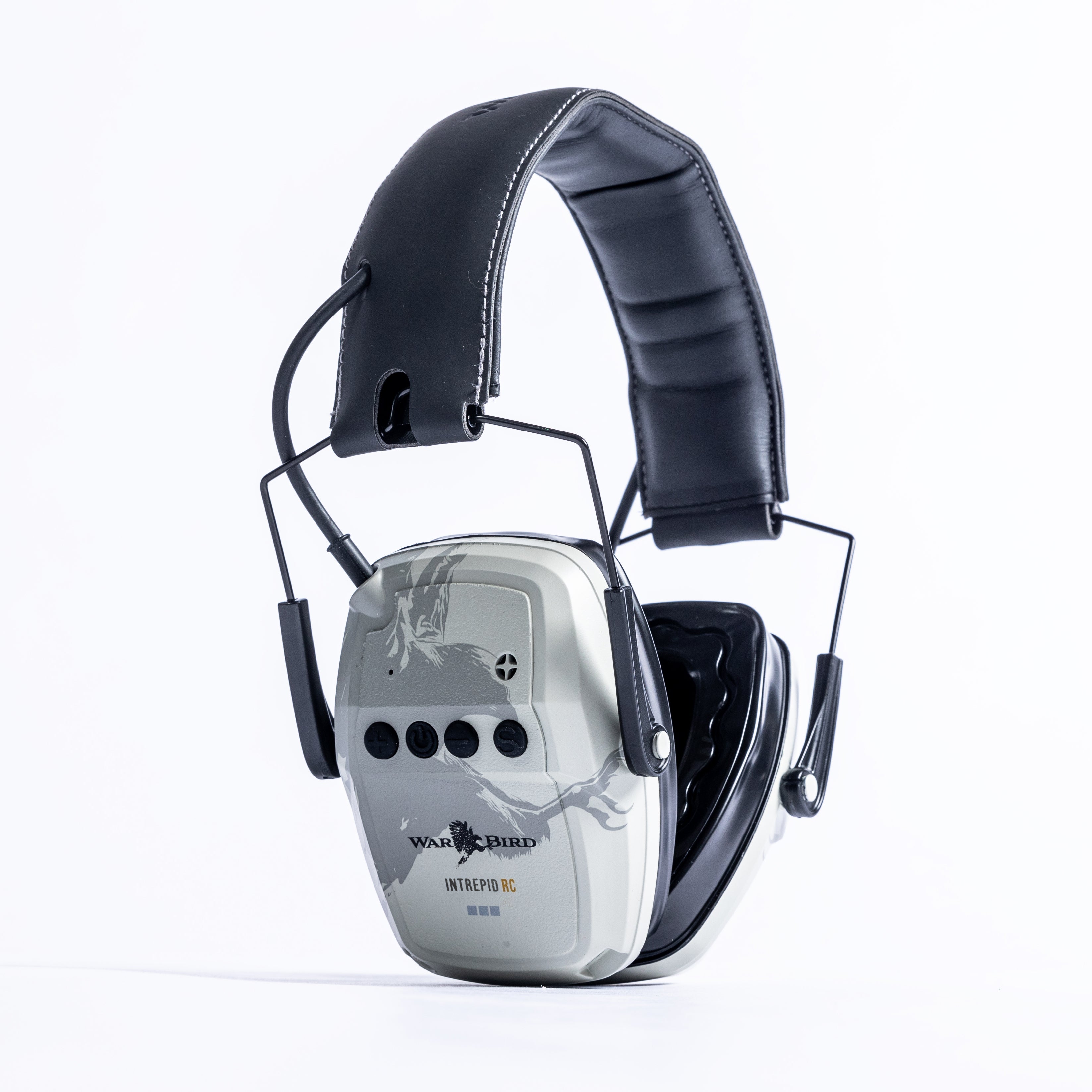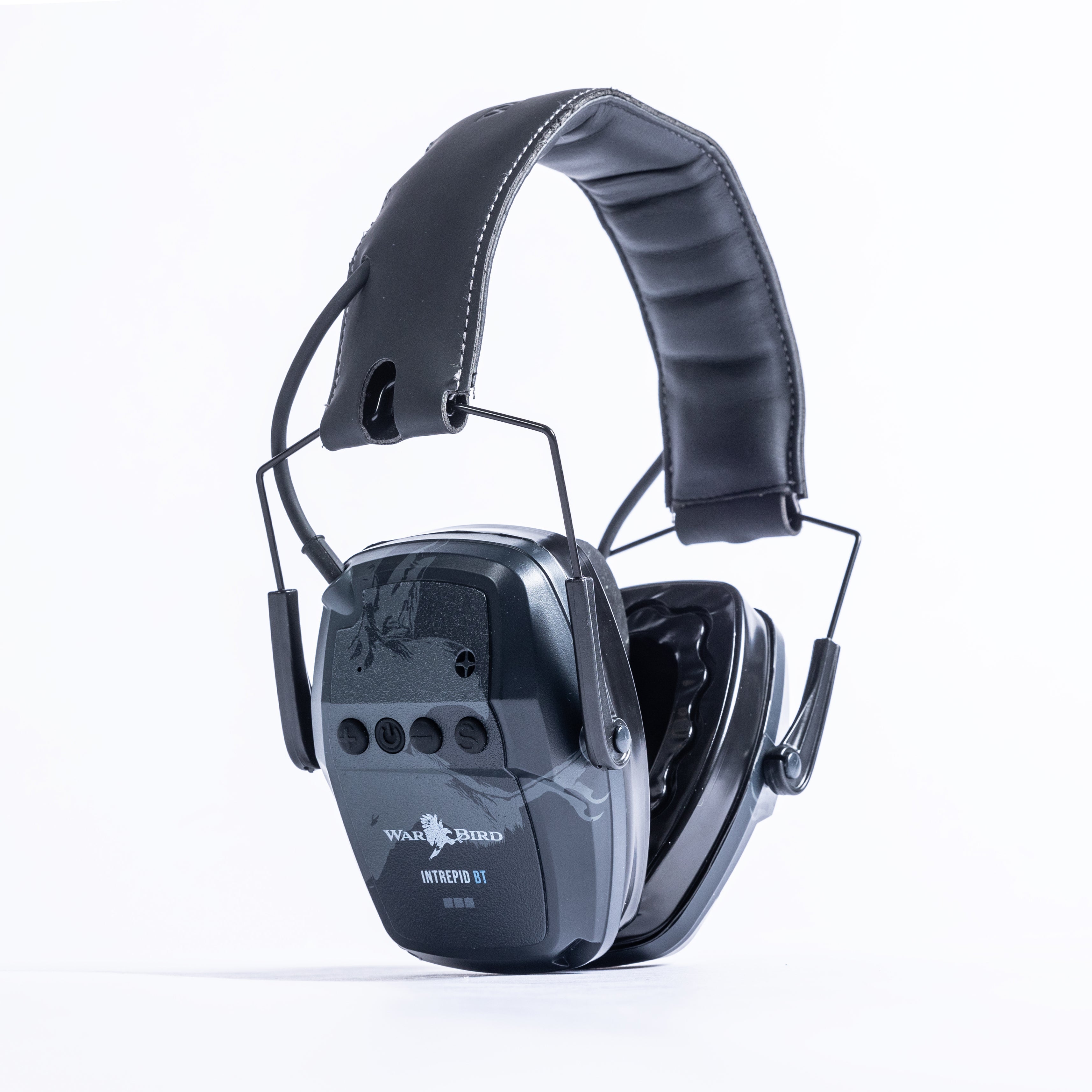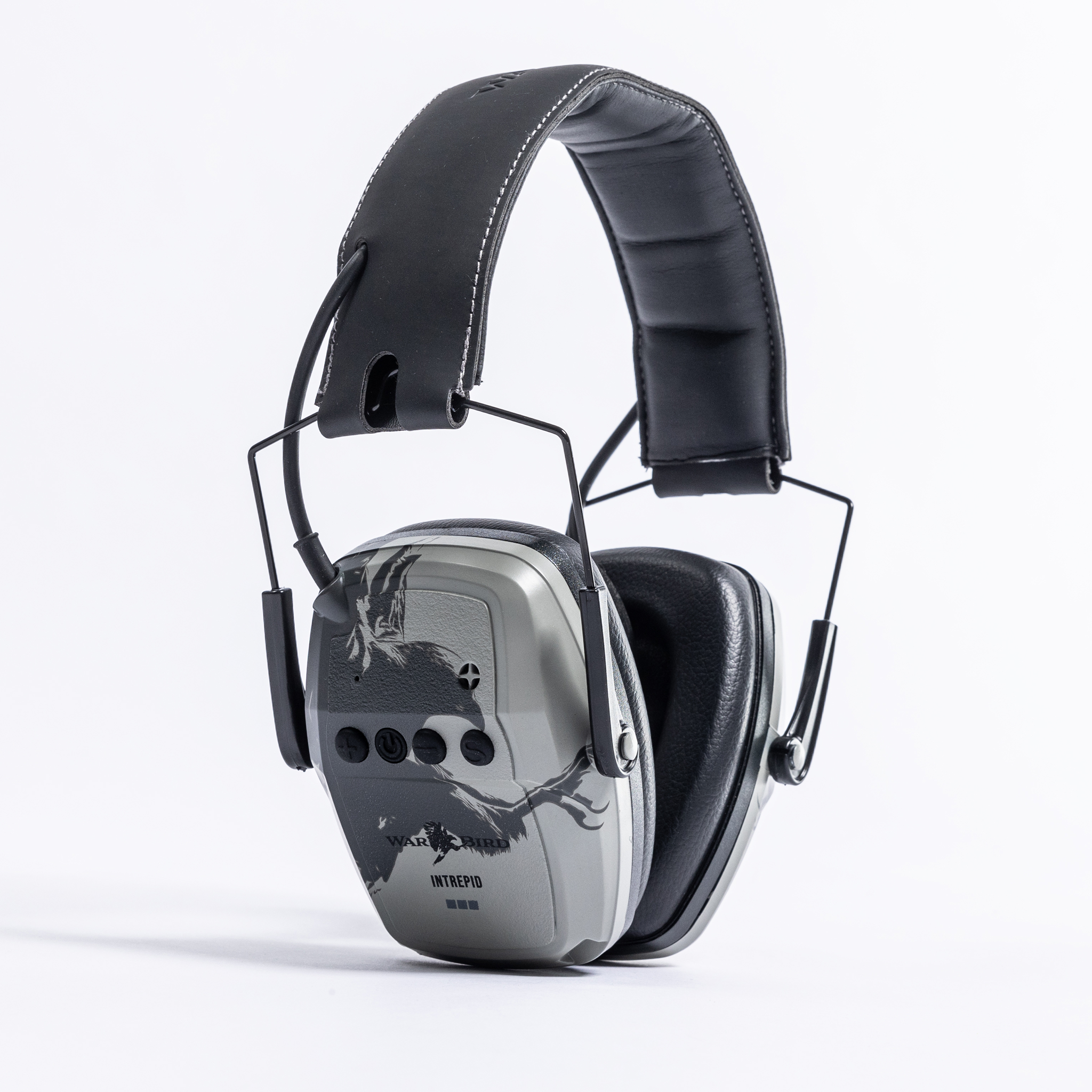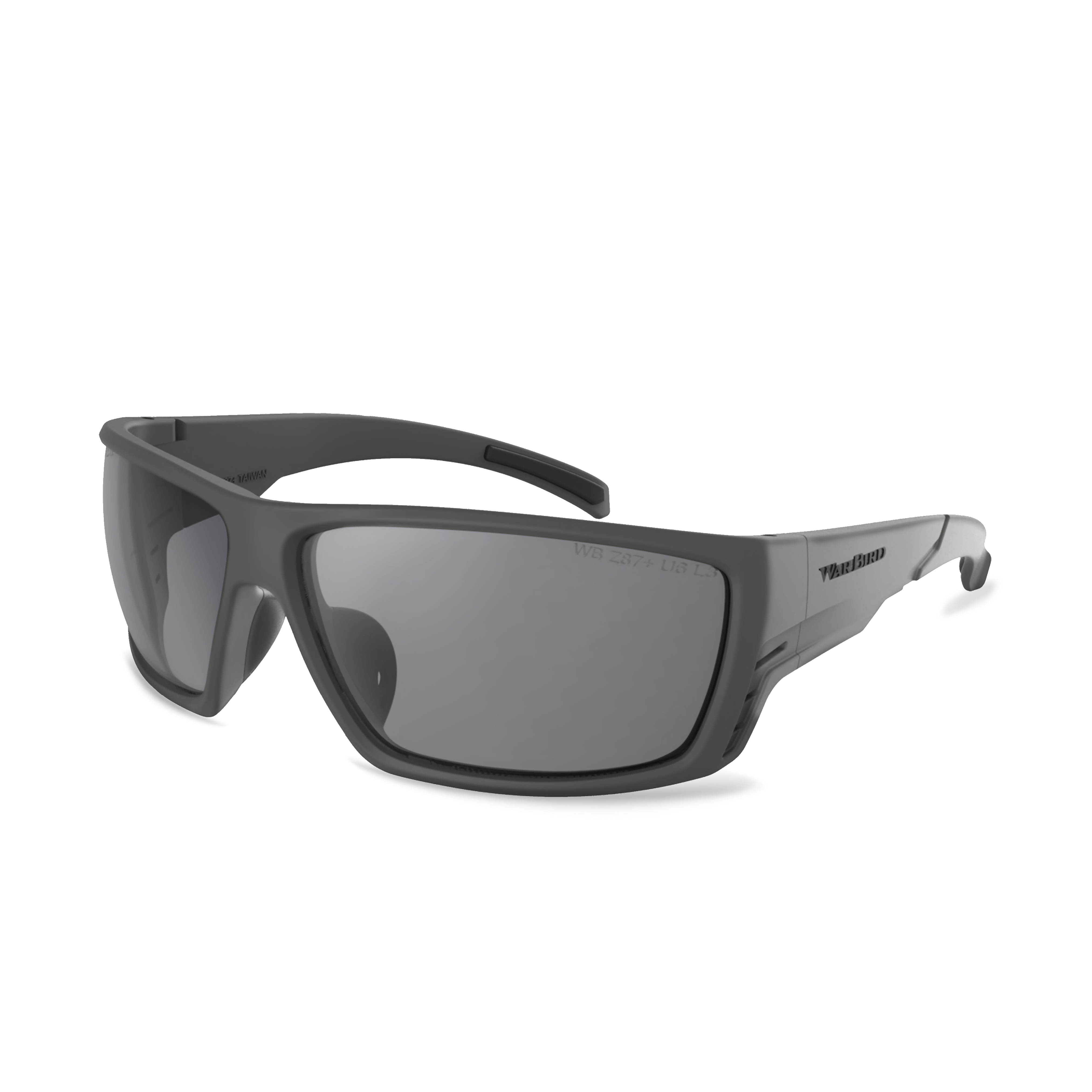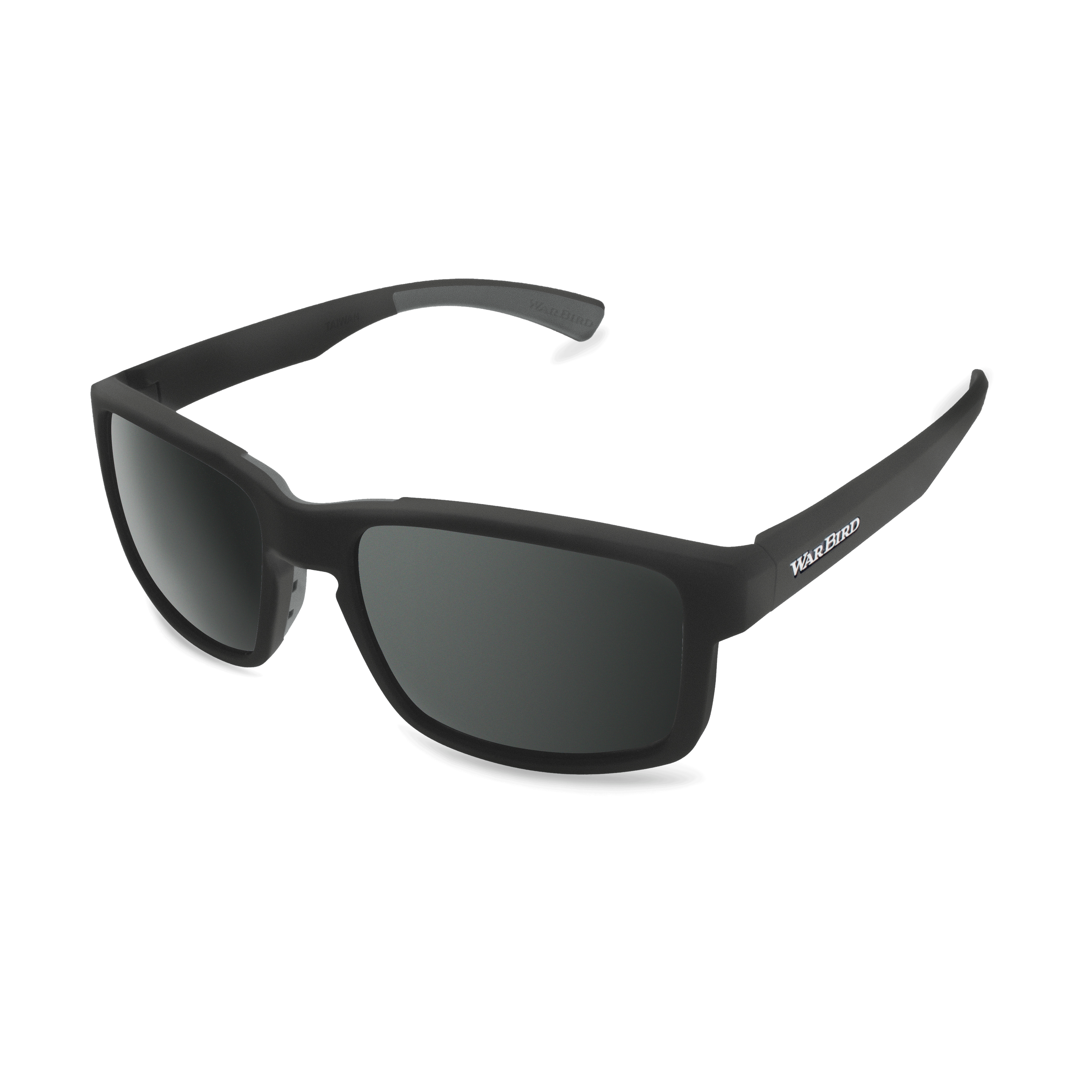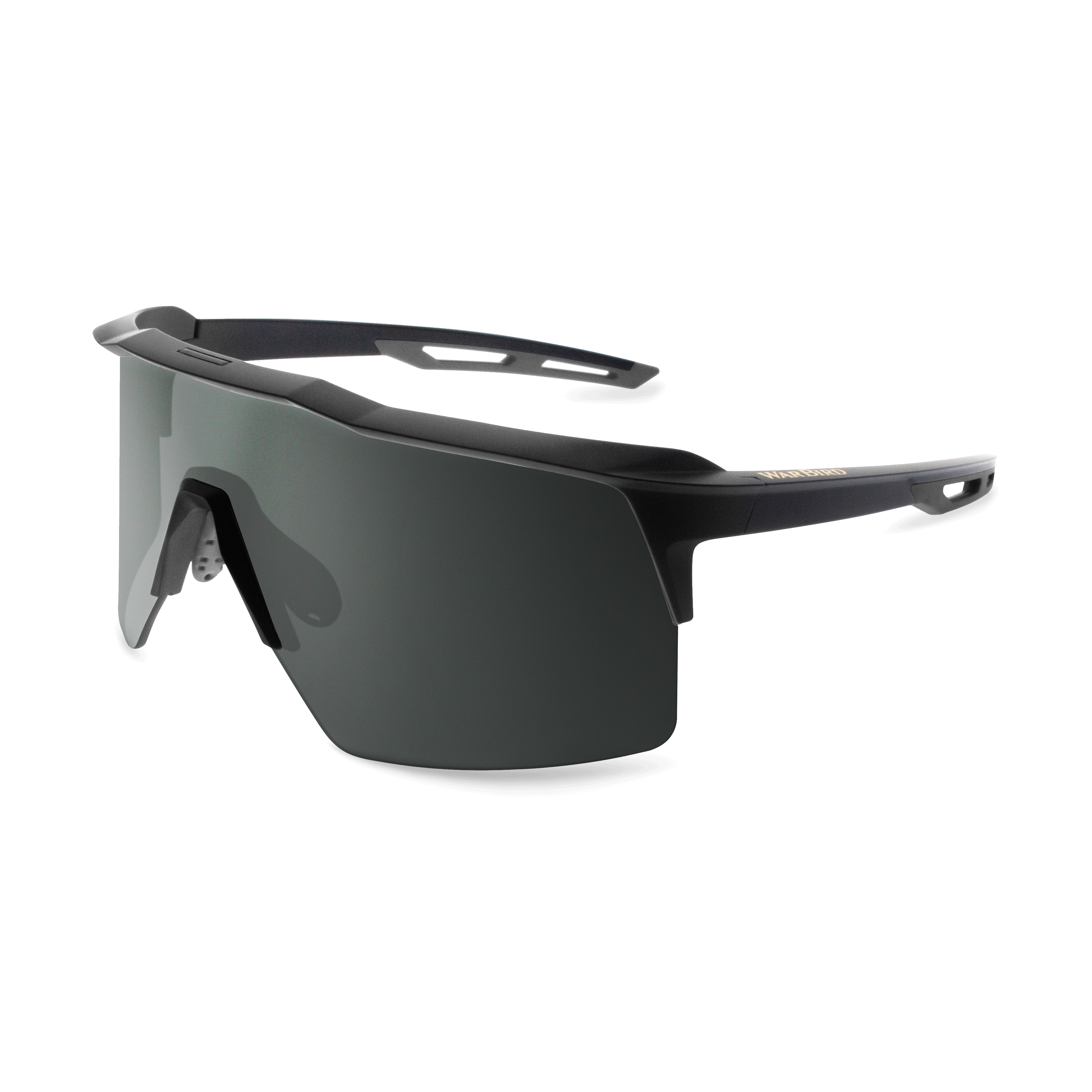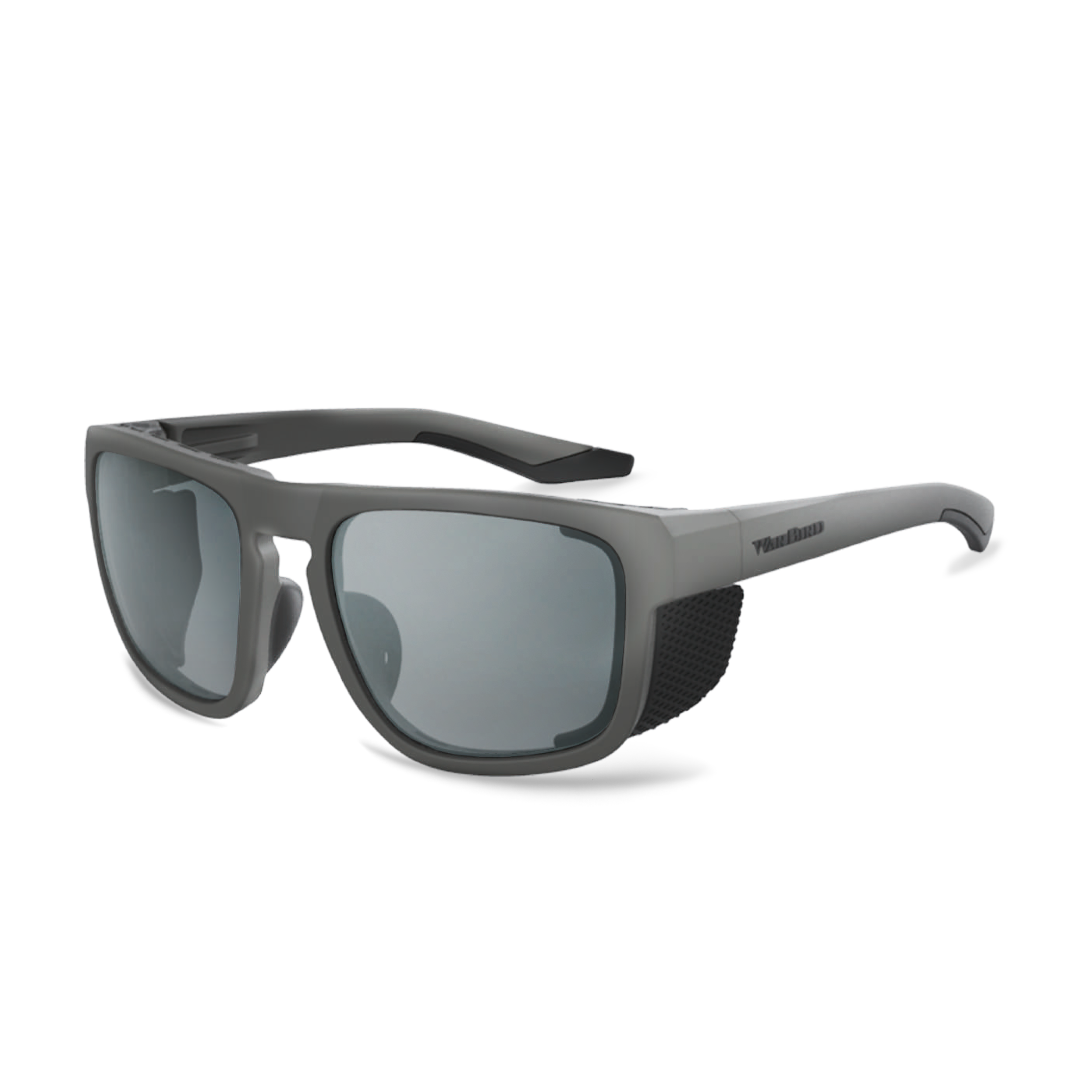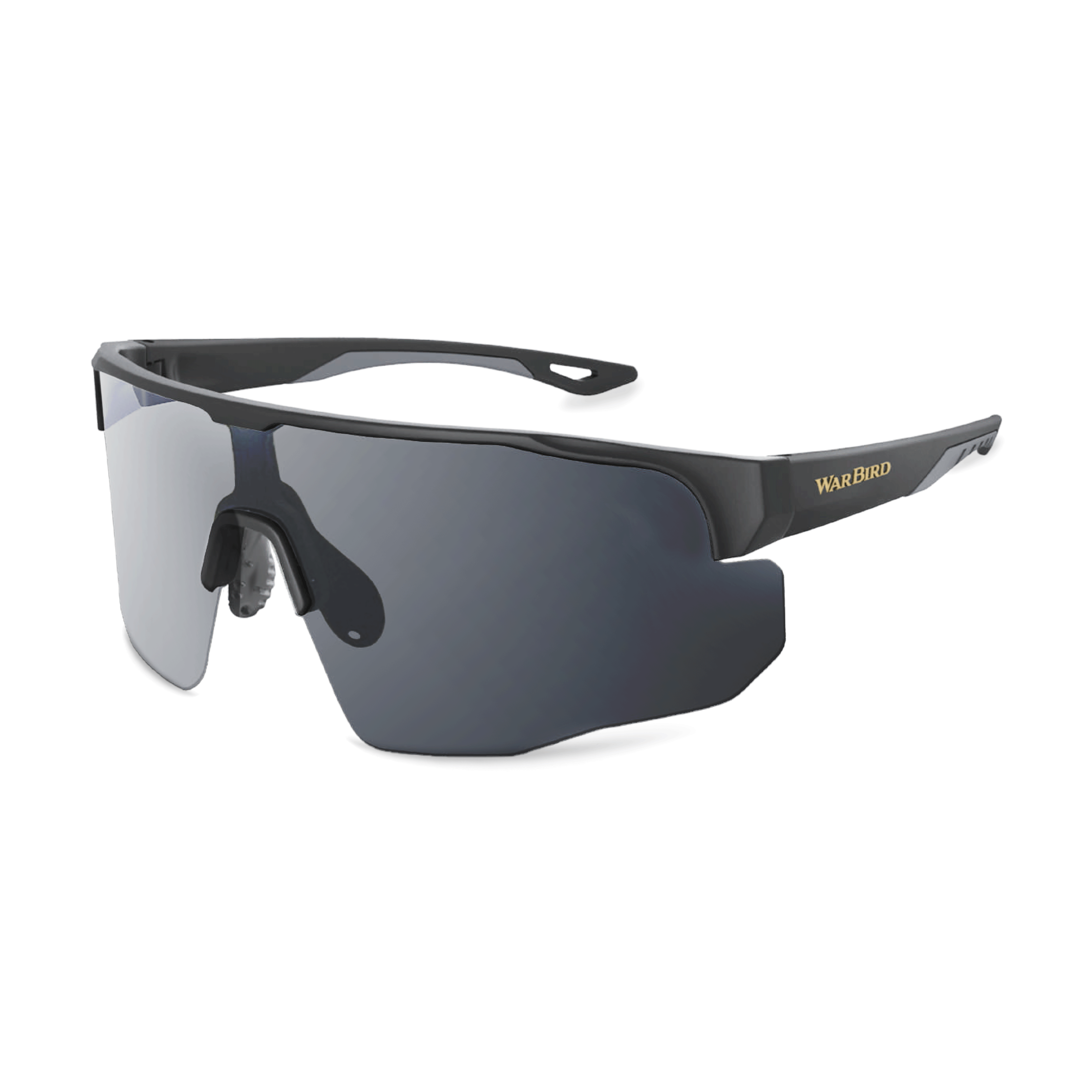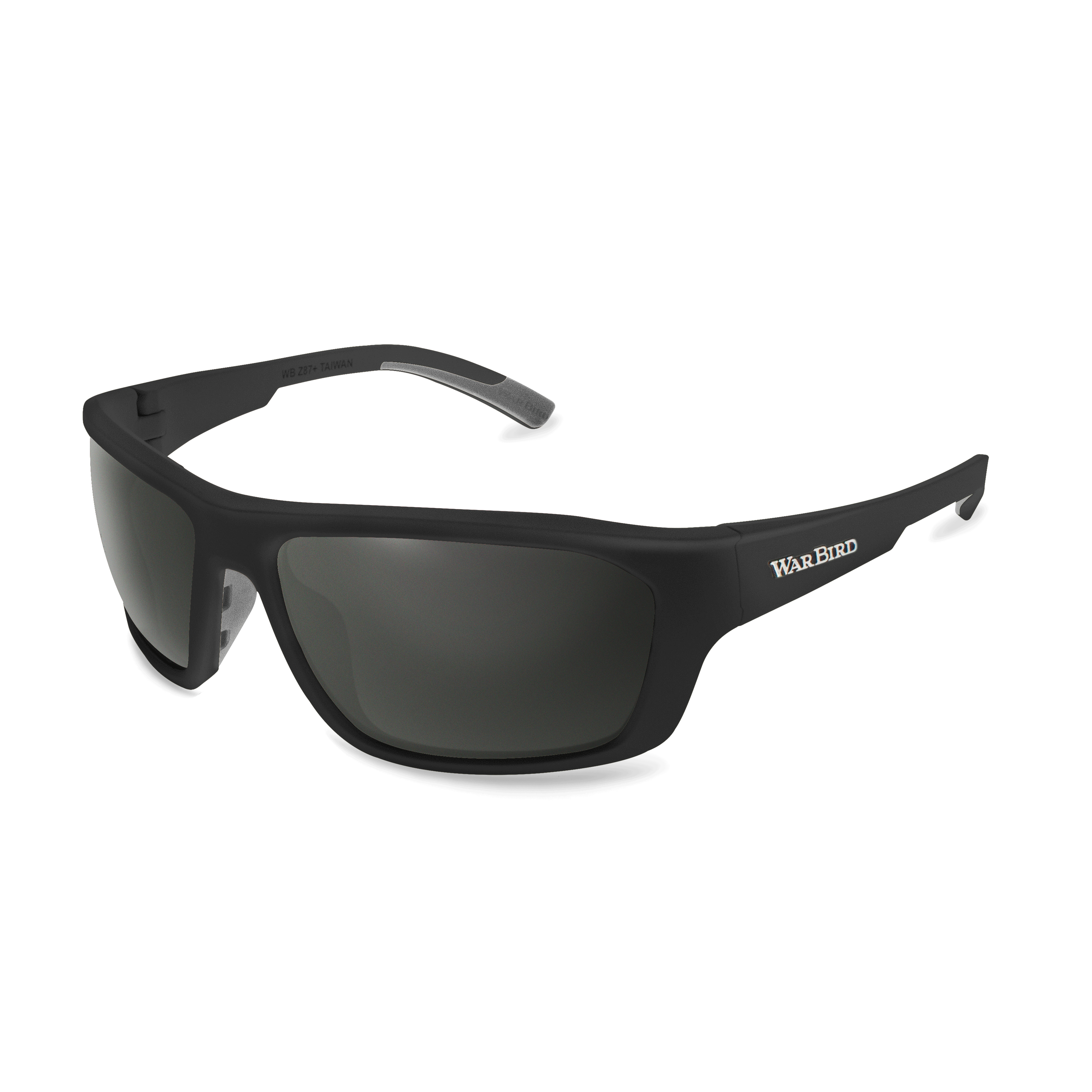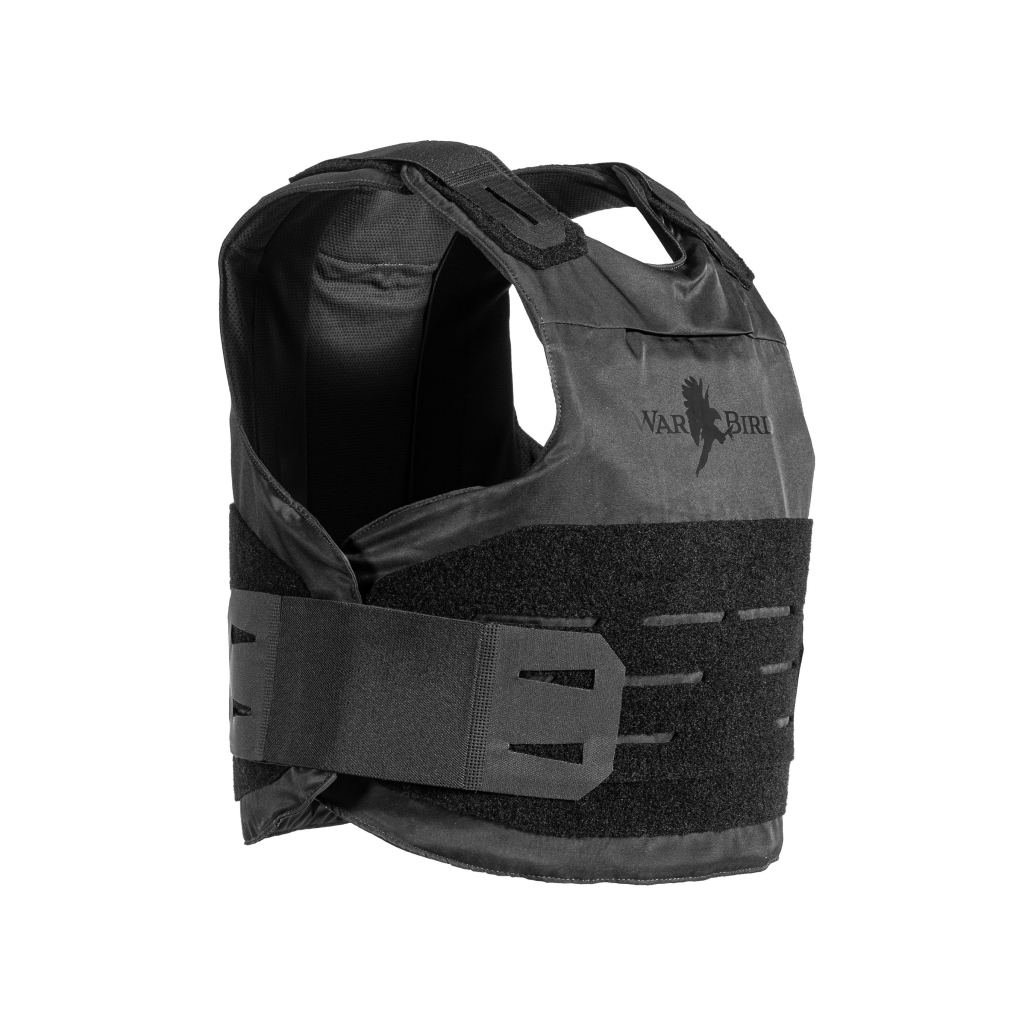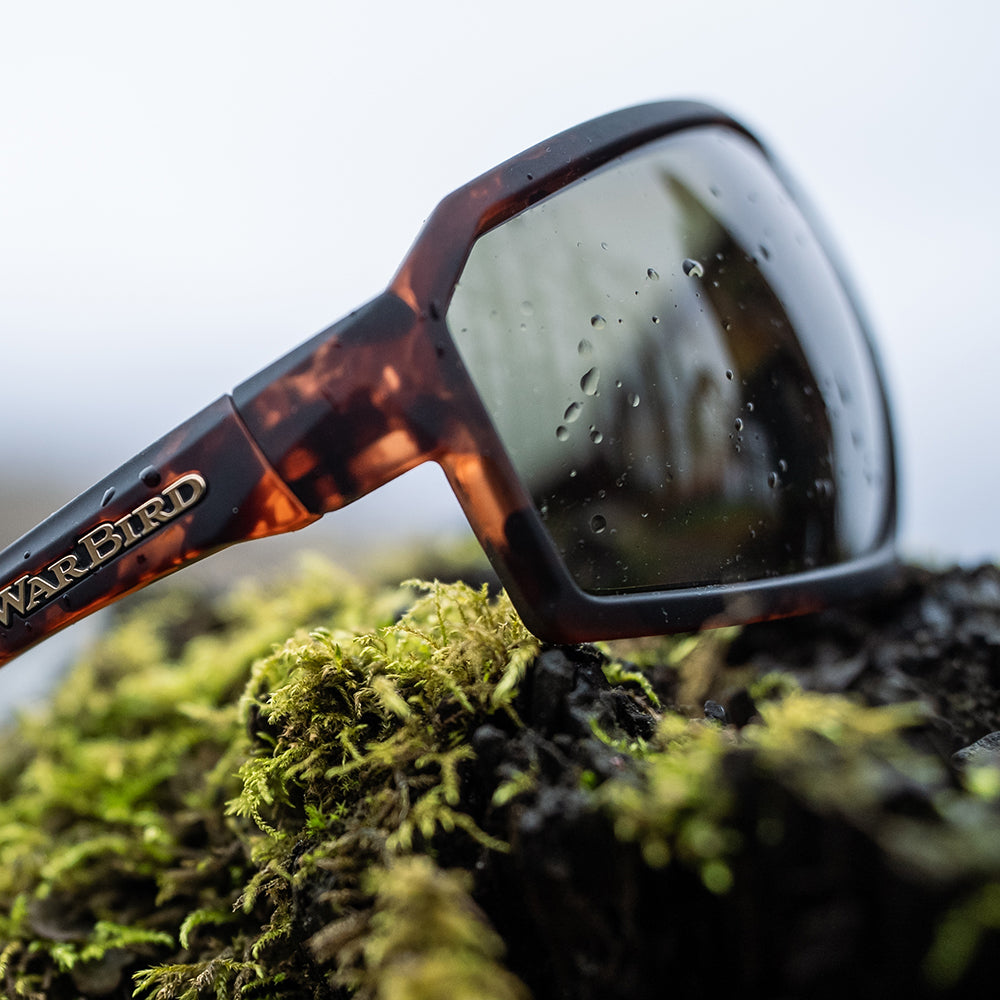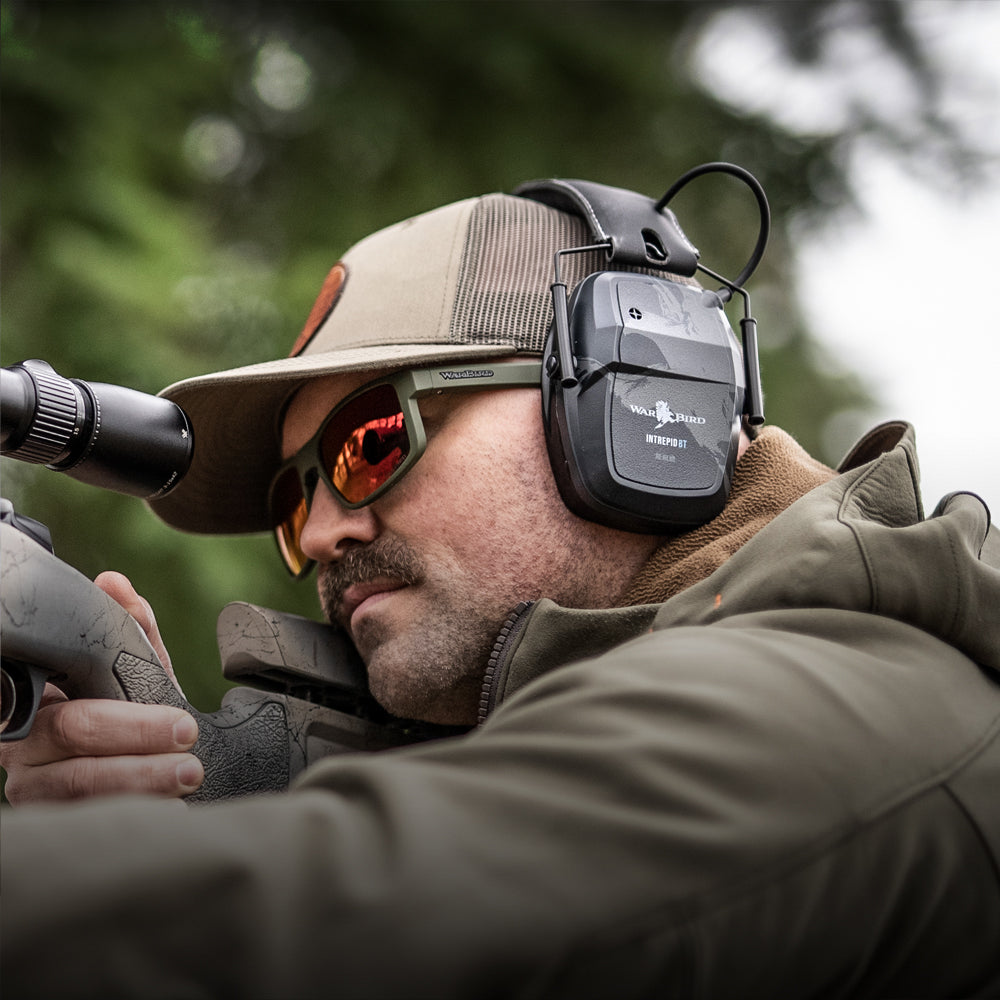Let’s define VLT…
Visible Light Transmission
Simply put, VLT is the amount of visible light that can pass (or transmit) through an optical lens. VLT is measured and expressed as a percentage. Think of it as the percent of visible light capable of passing through the medium. A low VLT would represent a darker lens, allowing minimal amounts of light to pass through.
Topics addressed:
- Why VLT Matters
- VLT % Ranges
- Tints
- The Effect of Polarization and Coatings on VLT
- Environmental Considerations/Lens Selection
Why are transmittance percentages so important?
To start with, eye fatigue and strain on our optical nerves, muscles, and surrounding structures is a very real concern. Have you ever driven on snowy roads with sunny conditions? You’ll quickly find yourself reaching for the darkest set of sunglasses you can find, or a pair with very low VLT. You’ll probably find yourself wearing something in the 8-18% range (CAT 3). So, let’s look closer at some universally accepted ranges and categories for VLT.

Does this mean my lenses with high VLTs are dangerous for my eyes?
No. As aforementioned, VLT describes the amount of ‘visible’ light transmitted. Visible light is not necessarily dangerous to the eye outside of creating discomfort and causing fatigue. Visible light falls in the middle of the light spectrum, and regarding safety we need only to be concerned with the ends of the spectrum, such as Ultraviolet and Infrared Rays. But no worries, all of WarBird lenses have UV 400 protection, and you most likely won’t have prolonged exposure to IR Rays. We have you covered.
The right tint for me.
Tint is another way to view VLT, and the more commonly referenced feature through marketing. But please, don’t forget that the tint truly is indicative of the amount of visible light reduced. Darker tints have low VLTs, lighter tints have high VLTs. Let’s reference our table again and show some tint examples with their corresponding category.

The effects of polarization and coatings on your lenses.
Without over complicating things, just understand that polarization is achieved by adding a filter that stops light from passing through an optical lens in the horizontal plane. Allowing visible light to pass only through the vertical plane decreases the VLT, and more importantly, reduces that unwanted and painful glare from water or snow on sunny days.
Shields, mirrors, or revo coatings, can all also have an impact on VLT. Typically, coatings such as those mentioned can reduce VLT by 1-3%. This is all dependent on factors like the thickness of the coating applied and the wavelength of the light the coatings are reflecting.
Final Decisions.
So, you’ve done your research. You know the mission. It’s time to select a pair of glasses that protect one of your five senses. After all, that is how we’ve managed to stay on the top of the food chain.
We would like to leave you with some final things to consider when selecting your next set of eye protection.
Select for purpose. One pair may not cover all activities.
What special features are impacting the VLT? Polarized? Lens coating applications?
Is this eyewear impact resistant? Sport and Career specific consideration.
Fair Winds and Following Seas, WarBird friends.

